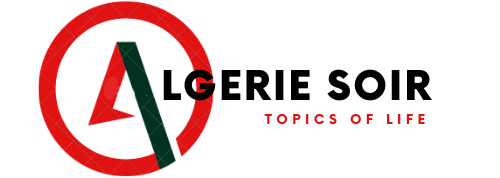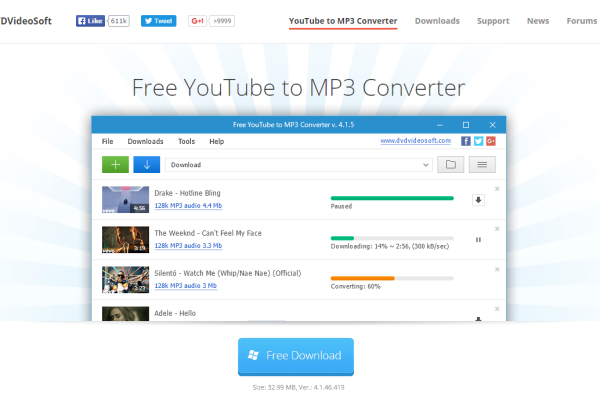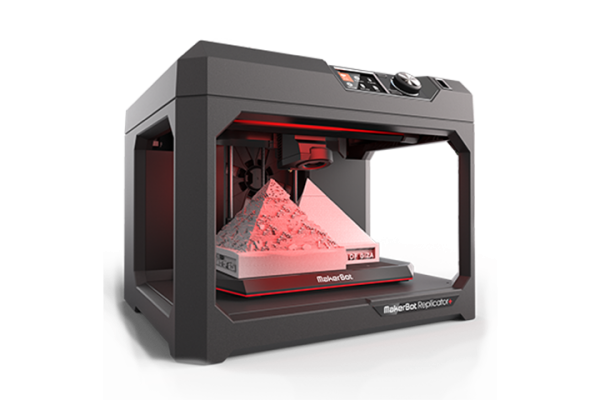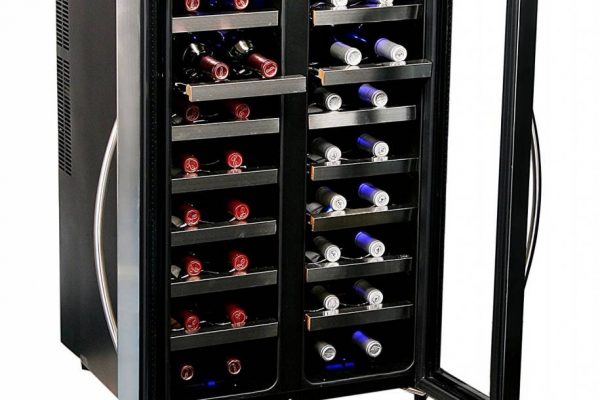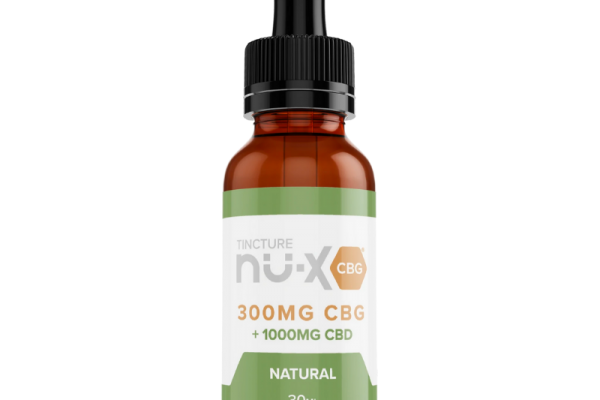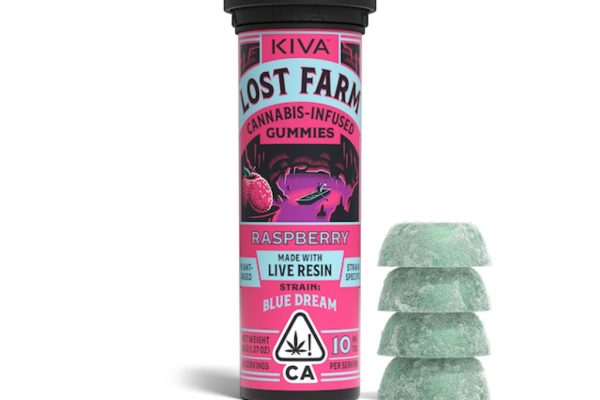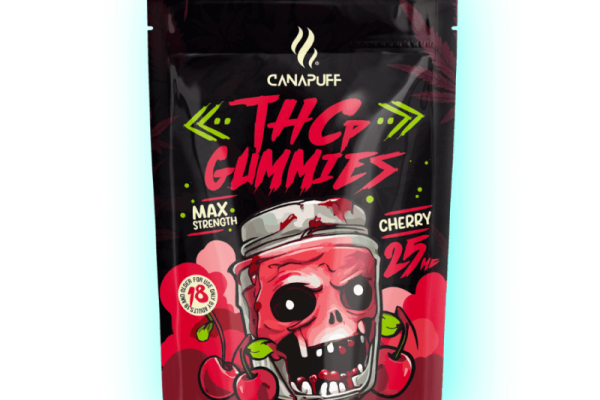We’d all like to hit that massive, 585 footer into the bay. The reality is that, although that does happen, you’ve got far weaker odds of hitting the investing equivalent of a home run as you do striking out repeatedly. Hey, it’s just like in the majors. Those that live by the long ball often die by it as well.
Now, most investors know better than to count on hitting a home run every time they pick a new stock. More often investors seek to mitigate the risks of seeking the long ball by filling most of their portfolio with less risky investments. If they’ve done their homework, and the market cooperates, they’ll make out pretty well. The question is why look for the home run stock at all? The chances of picking one of those meteoric companies that can single-handedly fund your retirement is exceedingly slim. By the way has anyone ever noticed that meteors tend to go down? I don’t know where the term “meteoric rise” came from, but most likely it was from someone standing on their head.

What are your chances of landing that big, home run investment, so you can retire at 32 and drive your new GT2 merrily off into the sunset? Well, there are almost 4,000 different stocks listed on the OTCBB. Some are great companies to be sure, and are using the capital they raise from issuing shares traded there to fund their growth in the hopes that one day they’ll move to one of the larger exchanges. The problem is that there are so many risks inherent in trading such issues that most investors, even very aggressive ones, are better off leaving these alone. Your chances of finding the next Google, Microsoft or Intel among the OTC-BB or pink sheet companies is exceedingly unlikely.
In most cases companies with that much on the ball and that much investor support will simply IPO on one of the larger exchanges. None of the aforementioned companies were ever penny stocks, despite Internet rumors to the contrary. Google IPO’d at almost $100 per share and Microsoft, who raised an amazingly small $58.7 million from their $21/ share IPO in 1986, never came close to penny stock status. By the way, IPO underwriter Goldman Sachs collected a $541,000 fee from MSFT for their services. By the way, Microsoft never needed the IPO as financing. In 1986, they had cash reserves of approximately $38 million, but they’d given so many incentive stock options, they felt they’d soon have to register under SEC rules. Never liking to lose control of time or place, Bill decided to get a jump on the whole thing.
Lets take a look one small step up the stock hierarchy, micro cap stocks. Do you have a good chance of making hay there? The typical definition of a micro cap stock is one with a market cap of smaller than $250 million. I went a bit smaller, to companies with market caps with under $100 million on any of the three major exchanges. Surely the risk to investors there is less than on the OTC-BB or pink sheets, right? If nothing else they are subject to more oversight, and should (in theory) be less likely to experience major moves in stock price precipitated by surreptitious actions of either company insiders or Internet price manipulation schemes. There are about 565 stocks meeting the under $100 million figure. Of these, an astonishing 478 are trading at 10% or more below their 52 week high. That is about 85%. Now this may not be too surprising, given that the market has dropped precipitously over the previous 6 months.

Taking a look at larger, more established firms, we find that there are 236 companies with a market cap between $10 billion and $25 billion, and that 192 of them meet the criteria of trading at 10% or more below their 52 week high. That is about 81%.
I found 217 companies with market caps of greater than $25 billion, but below $200 billion. How many of these companies are trading at greater than 10% below their 52 week high? About 165 of them, or 76%.
When looking at the really big players in the corporate world, those with market caps exceeding $200 billion. There are 12, a fairly small sample. 10 of them are trading at greater than 10% below their 52 week high and half are 15% below it.
What does it all mean? It looks like there is an positive correlation between a company’s market cap and their recent stock performance, until the very largest companies are reached, at which time the relationship goes bad. In different market and economic conditions this may not hold true of course.
